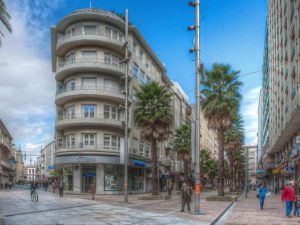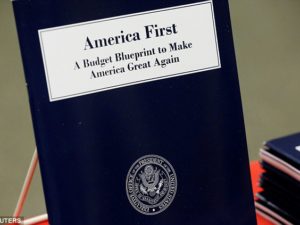
“The graphic novel No Small Plans aims to empower the city’s youth through stories about their neighborhoods,” writes Mimi Kirk for CityLab. “Two years ago, Gabrielle Lyon, the vice president of education and experience at the Chicago Architecture Foundation, started using Wacker’s Manual, a 1911 textbook fashioned from Daniel Burnham’s 1909 plan of Chicago, with CAF’s teen fellows—local high school students who attend weekend sessions on the built environment and intern with architects, planners, and designers. ‘It was a hit,’ says Lyon. ‘And it was immediately clear to me that teens are already urban planners if they grow up in a city. They know what works and what doesn’t.’ She noticed, for instance, that the students were quick to assess neighborhood features such as walkability, or critique unequal distribution of public transport.” “Wacker’s Manual was taught in Chicago’s eighth-grade civics classes until the late 1930s. While it was revised a number of times, its goal remained the same: To get young Chicagoans excited about Burnham’s big vision to bring order, efficiency, and hygiene to the metropolis through such elements as a public lakefront, wider roads, and a highway system. Ultimately, the guide aimed to inspire kids to act as stewards of the city. CAF’s teen fellows wondered why there wasn’t a manual like it today—as did Lyon. She decided to bring some structure to young urbanites’ planning instincts through a new book project: a graphic novel.” “Dubbed No Small Plans, the book chronicles young people’s adventures in Chicago neighborhoods of the past, present, and future. Like Wacker’s Manual, it will also be taught in the city’s public schools.”
In this image from No Small Plans, a character makes his way to the intersection of State and Madison Streets in 1928 Chicago. (Credit: CityLab / Chicago Architecture Foundation)
In this image from No Small Plans, a character makes his way to the intersection of State and Madison Streets in 1928 Chicago. (Credit: CityLab / Chicago Architecture Foundation)







